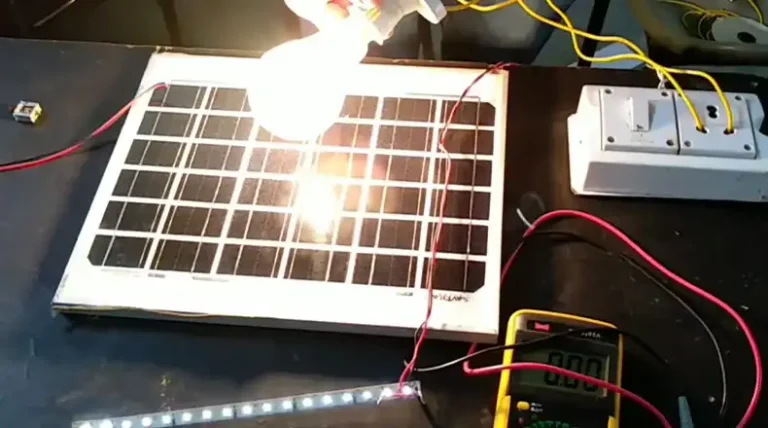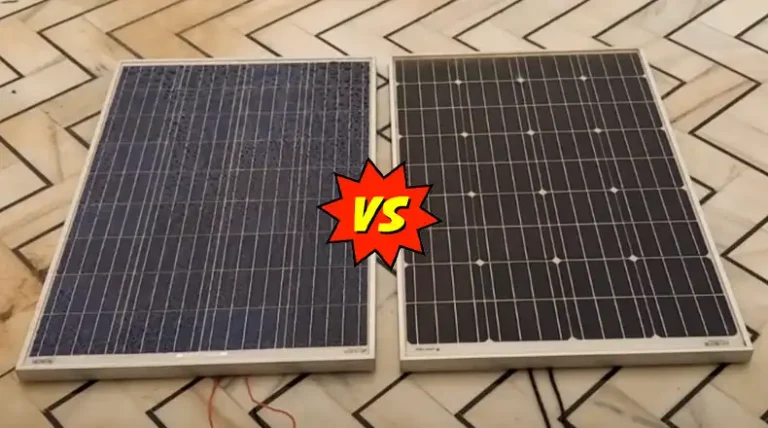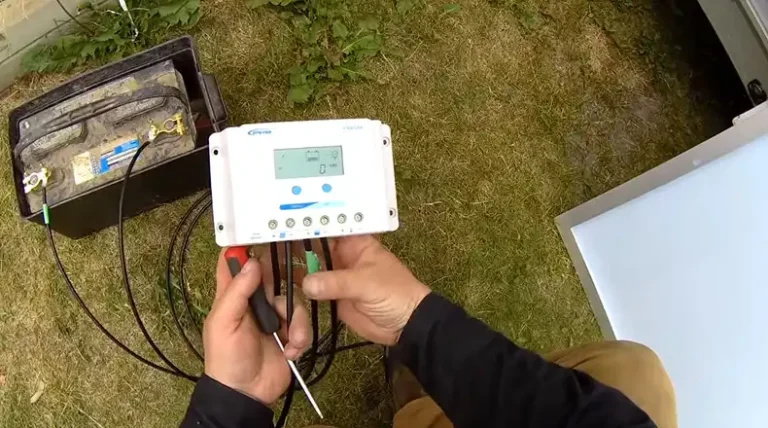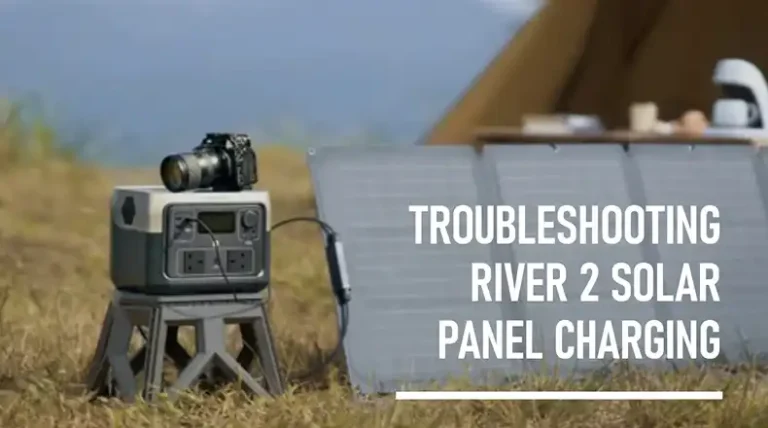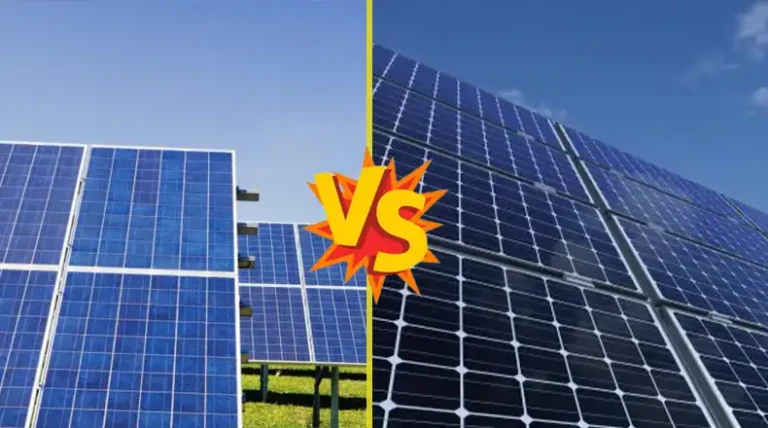Innovative Uses of Transparent Solar Panels | Explained
Transparent solar panels represent a groundbreaking technology that combines energy generation with aesthetic appeal and functionality. These innovative devices have the potential to revolutionize how we harness solar energy in our everyday lives, from powering buildings and greenhouses to enhancing the efficiency of smart devices and vehicles.
By embedding these panels into windows, facades, and other surfaces, we can create sustainable, energy-efficient environments. This article explores the diverse and innovative applications of transparent solar panels, highlighting their potential to transform energy use across various sectors.
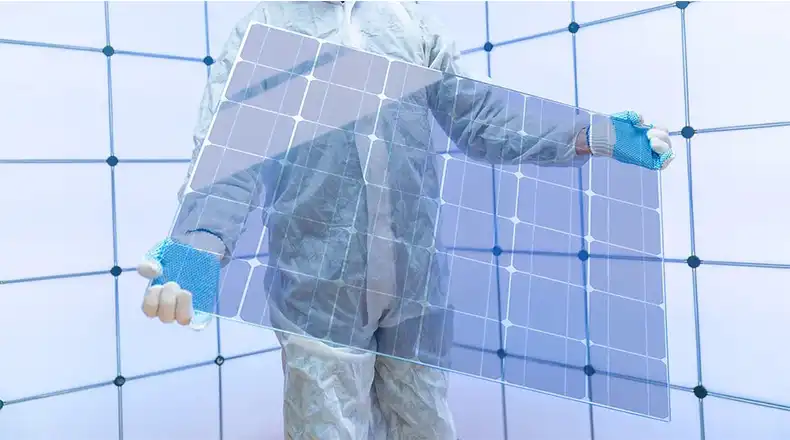
What Are the Innovative Uses of Transparent Solar Panels?
Transparent solar panels, also known as transparent photovoltaics, are a cutting-edge technology that allows solar cells to be integrated into clear or semi-transparent surfaces. Unlike traditional opaque solar panels, these innovative devices can generate electricity while still allowing light to pass through them. This unique property opens up a wide range of applications across various industries.
1. Building Integration (BIPV)
Building-integrated photovoltaics (BIPV) represents one of the most promising applications for transparent solar panels. By seamlessly incorporating these panels into the building envelope, architects and engineers can create structures that generate their own clean energy without compromising on design or functionality.
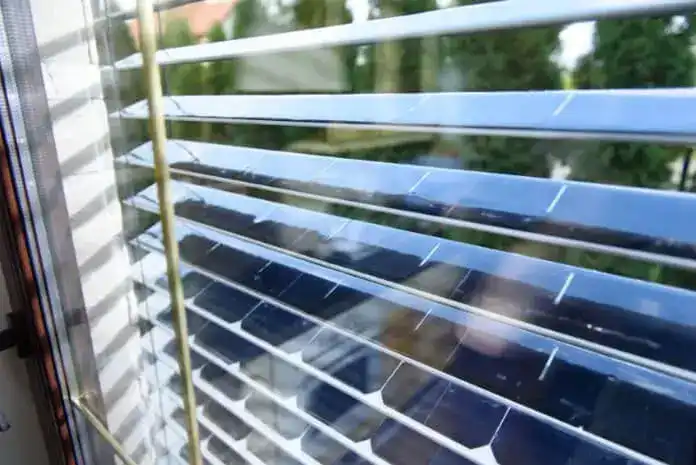
Transparent Solar Windows
Transparent solar windows are at the forefront of BIPV technology. These innovative windows can be installed in both residential and commercial buildings, offering several advantages –
- Electricity generation while maintaining natural light
- Reduced energy costs for building owners
- Potential integration with smart glass technologies for enhanced energy efficiency
Solar Greenhouses
Transparent solar panels can revolutionize greenhouse design and operation. Such as dual-purpose structures that support plant growth and generate electricity, electricity used for climate control, irrigation, and supplemental lighting, and potential for off-grid greenhouses in remote locations.
A study by North Carolina State University found that tomato crops grown under semi-transparent solar panels showed only a 5% reduction in yield compared to traditional greenhouses, while generating significant amounts of electricity.
Building Facades
Large buildings can benefit greatly from solar facades. For example, cladding materials for skyscrapers and office buildings. Customizable designs and color options for innovative architectural solutions. Significant potential for electricity generation due to large surface areas.
| Building Type | Potential Annual Energy Generation |
| 30-story skyscraper | 100,000 – 200,000 kWh |
| Mid-size office building | 50,000 – 100,000 kWh |
| Large shopping mall | 75,000 – 150,000 kWh |
Note: Actual energy generation depends on various factors including panel efficiency, building orientation, and local climate conditions.
2. Transportation Applications
The transportation sector stands to benefit significantly from the integration of transparent solar panels, offering both aesthetic and functional advantages.
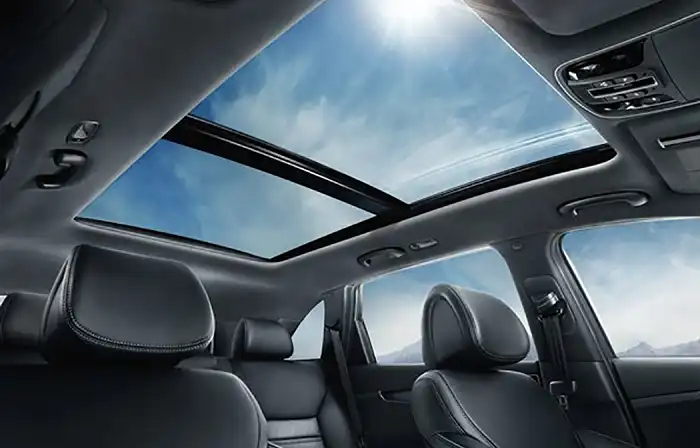
Solar Car Windows and Sunroofs
Incorporating transparent solar panels into vehicle windows and sunroofs can power auxiliary systems in electric and hybrid vehicles, extend driving range by supplementing battery charging, and reduce overall carbon footprint.
Transparent Solar Panels on Larger Vehicles
Buses, trains, and other large vehicles can benefit from transparent solar integration. Such as power auxiliary functions like lighting and ventilation, providing charging stations for passenger devices, and reducing reliance on grid electricity or fuel-powered generators.
A commuter train with 100 square meters of transparent solar panels on its roof could potentially generate up to 25 kWh of electricity per day, enough to power onboard Wi-Fi and charging stations for hundreds of passengers.
3. Consumer Electronics and Devices
The miniaturization of transparent solar technology opens up exciting possibilities in the realm of consumer electronics.
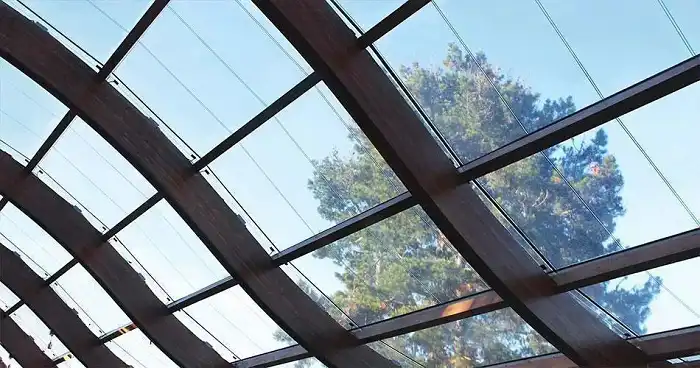
Solar Rooftops for Laptops and Tablets
Foldable solar rooftops or cases for laptops and tablets offer –
- Supplementary power to extend battery life during outdoor use
- Reduced need for frequent charging
- Potential to add 1-2 hours of additional usage time per day under optimal conditions
Transparent Solar Phone Cases
These innovative cases can harness solar energy to charge phones on the go. Extend battery life and reduce reliance on traditional charging methods. Aldo, potentially add 15-30 minutes of talk time per hour of direct sunlight exposure.
Integration into Smart Home Devices
Transparent solar panels in smart home devices can power sensors and displays without the need for battery replacements, promote a more sustainable and energy-efficient smart home ecosystem, and potentially reduce the energy consumption of a smart home by 5-10% annually.
4. Emerging Applications
As technology advances, new and innovative uses for transparent solar panels continue to emerge.
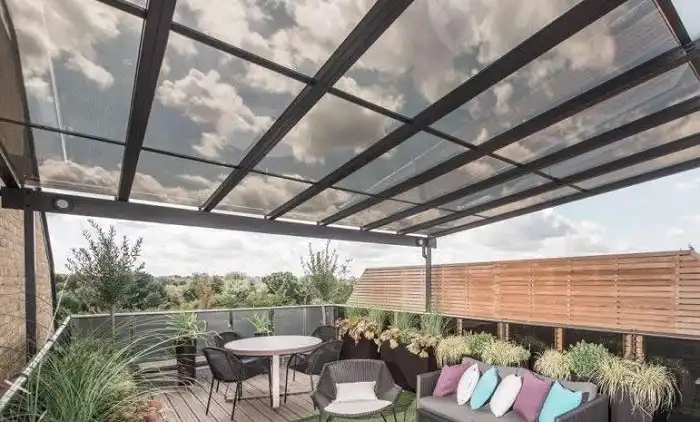
Solar Tents and Awnings
Integrating transparent solar panels into outdoor structures offers –
- Portable power generation for camping and outdoor events
- Electricity for lighting, device charging, or powering small appliances
- Reduced reliance on generators or battery packs
A large solar tent (20 square meters) could potentially generate up to 2 kWh of electricity per day, enough to power LED lighting, charge multiple devices, and run a small refrigerator.
Transparent Solar Sails
These innovative structures can provide shade in public areas while generating electricity, power nearby amenities like lighting or charging stations, and enhance the sustainability profile of parks and outdoor spaces.
Integration into Wearable Technology
Tiny transparent solar cells in wearables can extend battery life through trickle-down charging, power basic functionalities of smartwatches or fitness trackers, and potentially increase the time between charges by 20-30%
Wrapping It Up
Transparent solar panels represent a transformative technology with the potential to revolutionize how we generate and use clean energy. From buildings and transportation to consumer electronics and beyond, the applications are vast and continue to expand. As research progresses and adoption increases, transparent solar panels are poised to play a crucial role in our sustainable energy future.
Related FAQs
Can transparent solar panels completely replace traditional solar panels?
While transparent solar panels offer unique advantages, they currently have lower efficiency compared to traditional panels. They are best suited for applications where transparency is crucial, complementing rather than replacing traditional solar technology.
Are transparent solar panels safe for use in car windshields?
Current technology is not yet suitable for windshields due to safety and visibility concerns. However, research is ongoing, and future advancements may make this possible while meeting all safety standards.
How do transparent solar panels affect the lifespan of windows or other materials they’re integrated into?
When properly manufactured and installed, transparent solar panels should not significantly affect the lifespan of the materials they’re integrated into. However, like any technology, they will require maintenance and may need replacement after 20-25 years to maintain optimal performance.

